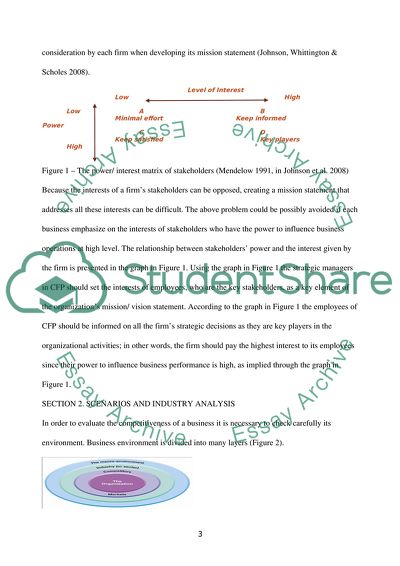Cite this document
(Strategic management analysis Case Study Example | Topics and Well Written Essays - 2000 words, n.d.)
Strategic management analysis Case Study Example | Topics and Well Written Essays - 2000 words. https://studentshare.org/management/1833788-strategic-management-analysis
Strategic management analysis Case Study Example | Topics and Well Written Essays - 2000 words. https://studentshare.org/management/1833788-strategic-management-analysis
(Strategic Management Analysis Case Study Example | Topics and Well Written Essays - 2000 Words)
Strategic Management Analysis Case Study Example | Topics and Well Written Essays - 2000 Words. https://studentshare.org/management/1833788-strategic-management-analysis.
Strategic Management Analysis Case Study Example | Topics and Well Written Essays - 2000 Words. https://studentshare.org/management/1833788-strategic-management-analysis.
“Strategic Management Analysis Case Study Example | Topics and Well Written Essays - 2000 Words”. https://studentshare.org/management/1833788-strategic-management-analysis.


